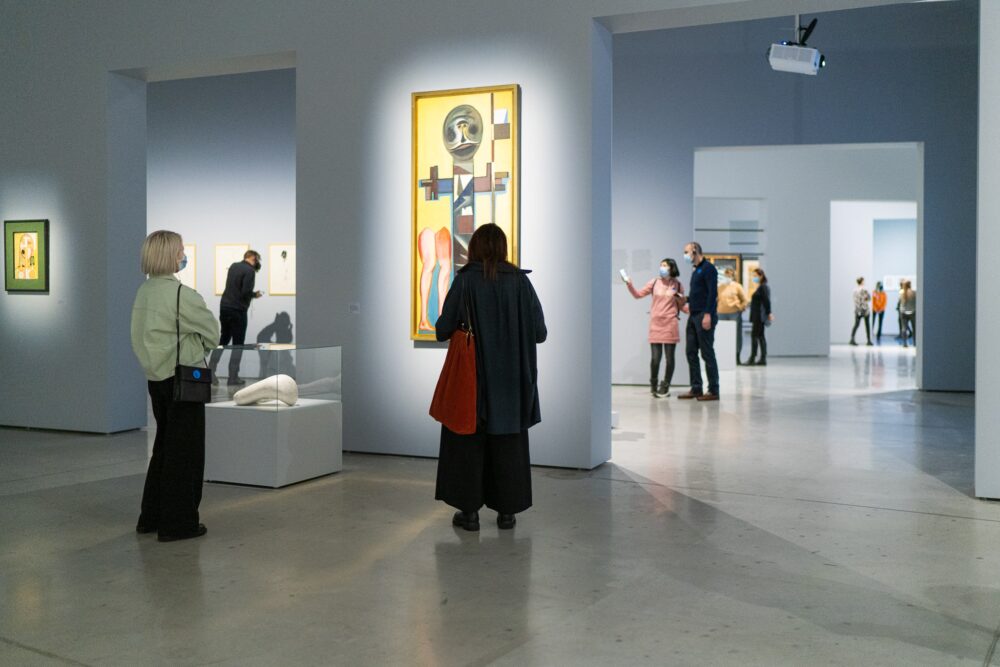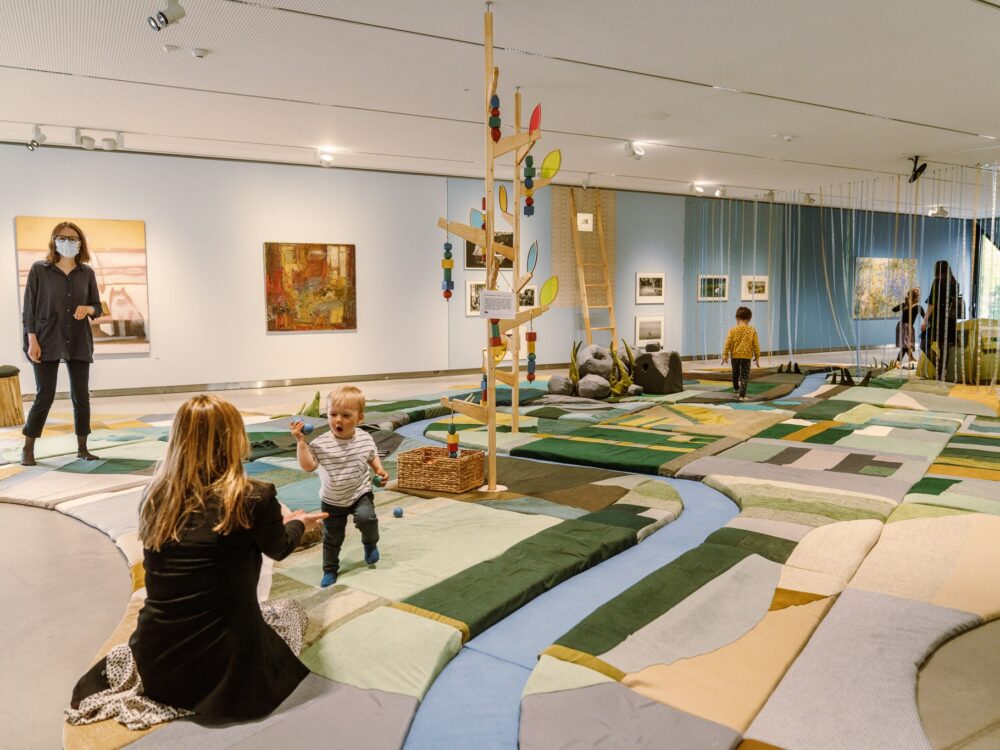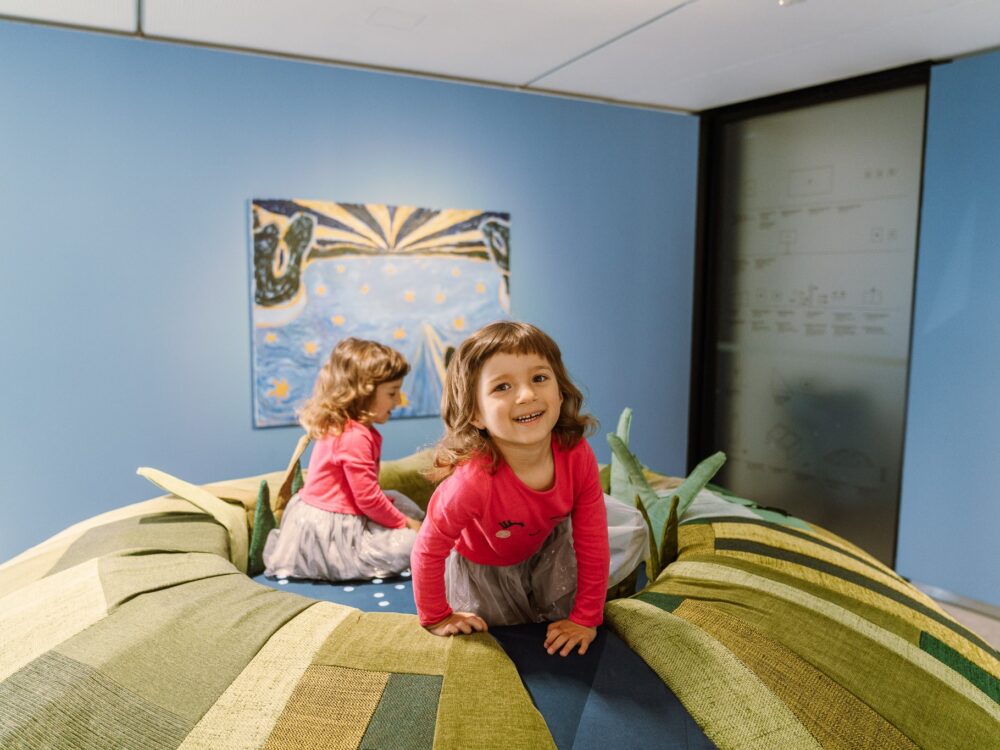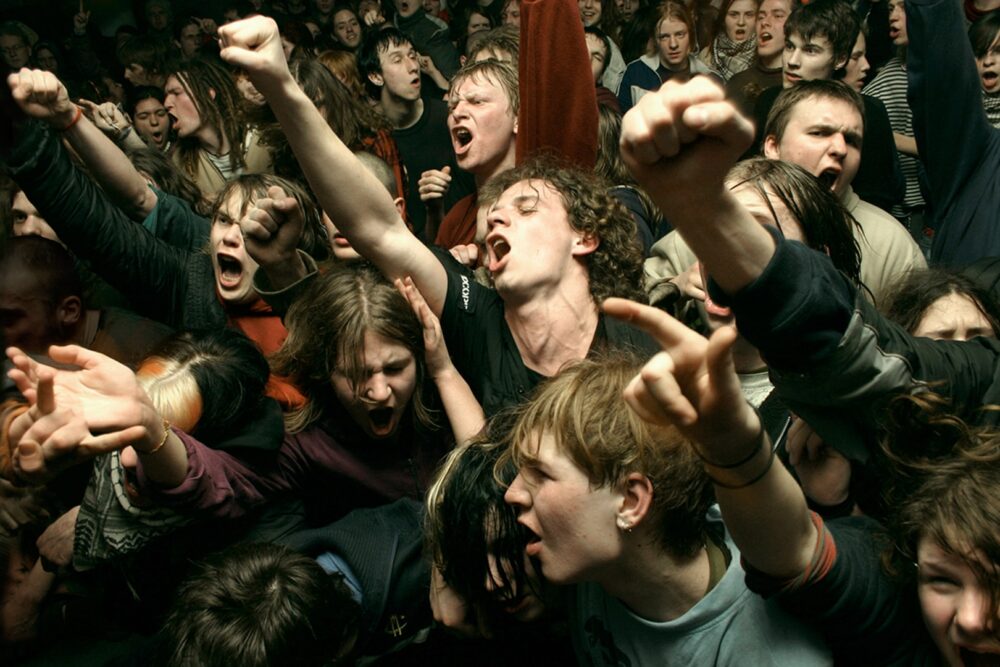Three questions to Milda, the director of MO

7 MINUTE READ
Today we are talking with Milda Ivanauskienė, the director of MO: how the second spring in quarantine and also the beginning of the post-quarantine summer have passed, what is currently happening at MO Museum, and the upcoming plans.
Got the answers! Enjoy the read.
How do you evaluate the second spring in the pandemic and the start of summer?

I would associate this period with emotional roller coasters. The second quarantine has left the public and the museum team more exhausted than ever. I think this has clearly displayed the importance of social and cultural life to our mental health. The great thing is that we have finally begun actually talking about emotional health. Taking care of it and speaking about it has to be just as natural as it is about physical well-being.
Throughout the second quarantine, we put a lot of effort in for the visitors – by inviting them to experiences in the outdoors, creating a MO blog, and working to open the museum as early as possible. In winter and now, I feel that people’s emotional health is problematic, and visiting cultural institutions definitely contributes to emotional health and overall well-being. This is confirmed by numerous studies and recognised by the World Health Organization. Our mission is to talk about this. Once, it was necessary to explain the benefits of sports, so now there is a need to raise awareness that going to cultural institutions can be one way to maintain strong mental health. The pandemic highlighted the lack of this understanding at all levels.

I’m glad that our efforts during the quarantine were recognised – both the MO blog project and the museum’s leadership in opening museums after the lockdown were awarded.
But a truly special event was the award ceremony at European Museum of the Year in May – we were not only among the 6 best museums (and the only art museum), but we have been awarded as the most welcoming and friendly museum in Europe in 2020. We received it for our exceptional commitment to cultural and intellectual access, for creating inspiring experiences for the widest possible range of visitors, enabling them to explore the relationship between contemporary art and contemporary life.
I feel that people's emotional health is problematic, and visiting cultural institutions definitely contributes to emotional health and overall well-being.
We are really proud that despite the challenges caused by the pandemic and Brexit, we succeeded in opening an international exhibition “A Difficult Age. Szapocznikow – Wajda – Wróblewski“ and “A Difficult Age: Vilnius, 1939–1949“ (curators Anda Rottenberg and Giedrė Jankevičiūtė). This is an exceptional exhibition for both the quality of the research done and the work presented. It took a lot of work for the whole team, and especially Gabrielė Radzevičiūtė, to create an exhibition of such scale and quality.
Unfortunately, the attendance of museums in springtime dropped drastically not only in Lithuania but also in all European museums. Moreover, the pandemic situation was constantly changing; there was a lot of confusing information about what and how to attend. Despite intense communication, we still received many questions about whether the museum requires pre-registration, whether to buy a ticket online and so on. Thus, clarity is essential to both our visitors and us.


Currently, the museum has an exhibition for children, "Lake Full of Stars". How do children dive into the art world?
In the exhibition “Lake Full of Stars“, we introduce children to art through playing. We encourage them to boldly dive into the experience of art: to create, try and discover art themselves.
Psychologists argue that playing is a convenient way for children to understand their surroundings and connect with their inner world. The wider the range of games in childhood, the greater the child’s ability to solve various problems later in life. In this process, art museums can become a “playground” for the evolving mind, they can help children discover their senses, gain inspiration, foster creativity and awaken the most important tool for reflection – imagination. A cultural space is a safe environment and an opportunity to encounter a variety of sensory experiences, develop creativity, imagination and express emotions.


I enjoy seeing the exhibition full of kids. They explore, discover, and, most importantly, are not indifferent – they engage and imagine. We are thinking about how to develop this in the future as well. This year, we will present a new book for children; hence they will have another way to get acquainted with art in a new form.
Furthermore, we organised training for teachers on including art in the educational process and applying visual thinking strategies. This innovative teaching method is designed to strengthen the crucial competencies of the 21st century – collaboration, communication skills, creativity, emotional intelligence, and critical thinking. We offer such educational activities both in the museum and virtually. From more than 300 responses, we selected 144 Lithuanian teachers from various Lithuanian schools and professional and national minorities. Many teachers shared that even less talkative students were more willing to communicate in the classroom.
In this process, art museums can become a "playground" for the evolving mind, they can help children discover their senses, gain inspiration, foster creativity and awaken the most important tool for reflection – imagination.
In what mood are you getting ready for autumn?
It is a complete paradox in the current circumstances, but we look forward to autumn in a festive mood. On September 4, we will present a new major photography exhibition, “Celebrate for Change“, at the cultural festival – MOrathon.
We want to bring back the opening ceremony to the museum by planning a program of events for the whole weekend. At the exhibition and the festival, we will talk about why we need celebrations, how they change, what rituals accompany them, and how they transform all of us.

During the MOrathon, guests will be able to join numerous discussions with professionals in various fields. We will talk to psychologist Eugenijus Laurinaitis about what celebrations mean to us. We will examine clothing as an important element of celebrations with a designer Sandra Straukaitė. We will analyse festive traditions together with Jogaila Morkūnas, who has many years of experience organising various events. We will look for ways to celebrate sustainably with sustainability expert Audronė Alijošiūte-Paulauskienė.
We are also preparing an exciting surprise for our visitors that we will present together with the band “The Roop“. A dance performance will take place on Saturday evening. DJ Manfredas is preparing a musical playlist for the opening festival. Activities for families will return again on Sunday. Lastly, we will invite visitors to meet the artists of the exhibition – we will talk with Romualdas Požerskis and Monika Požerskytė, Vilma Samulionytė and Visvaldas Morkevičius.

Of course, the festive mood remains to be possibly overshadowed by the pandemic reality. But I think we’ve already learned how to live with it, a vaccine has been developed, and MO’s whole team has been vaccinated. We think that total closures and openings will not be a solution. They are harmful to the entire sector, not to mention the impact on emotional health. Vaccinated individuals should be able to enjoy and participate in culture. So, I invite everyone to take care of themselves, be socially responsible and enter the autumn season safely.